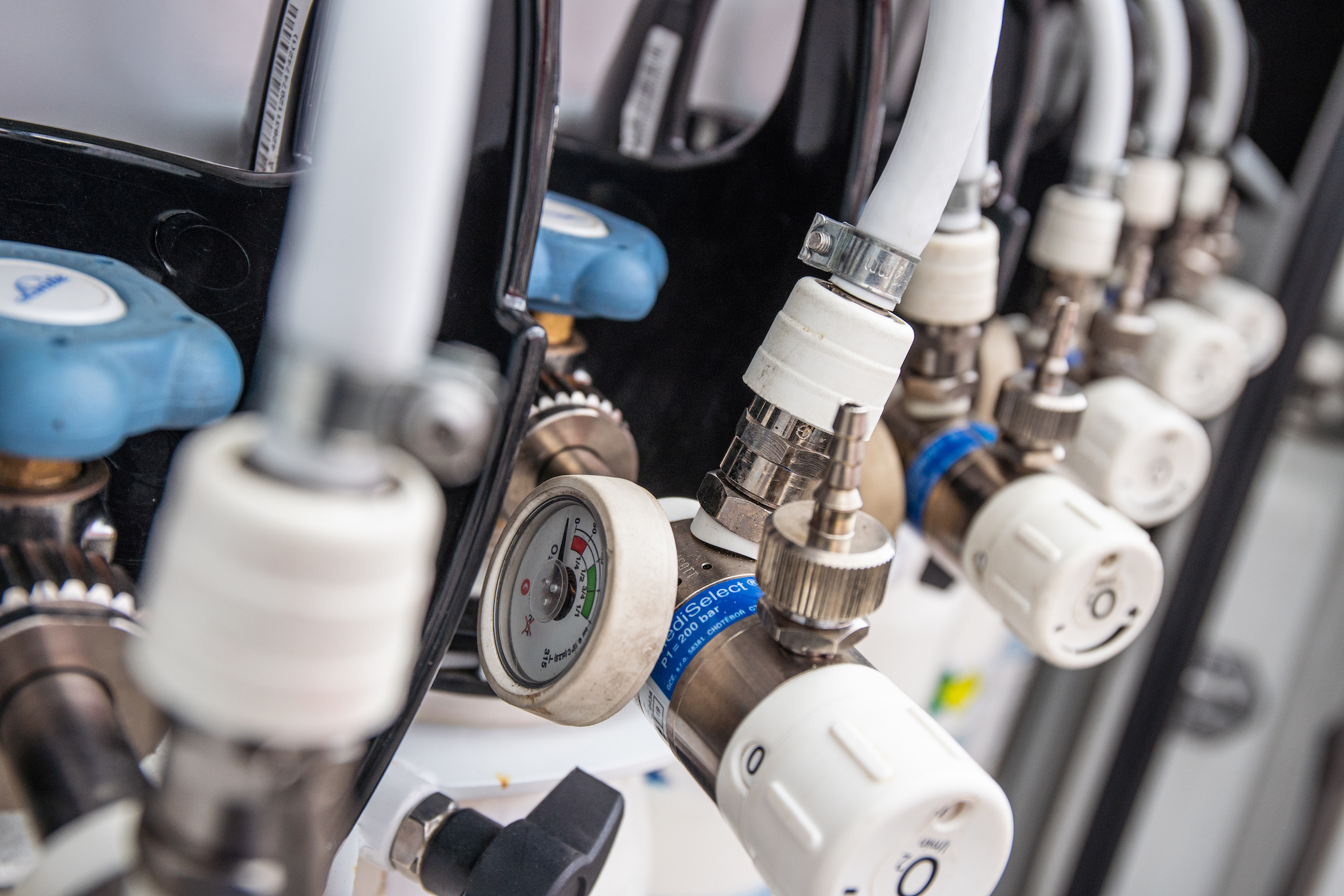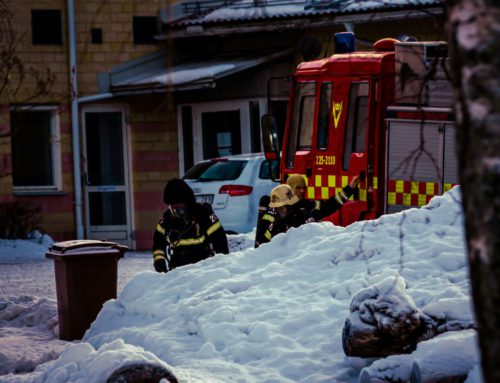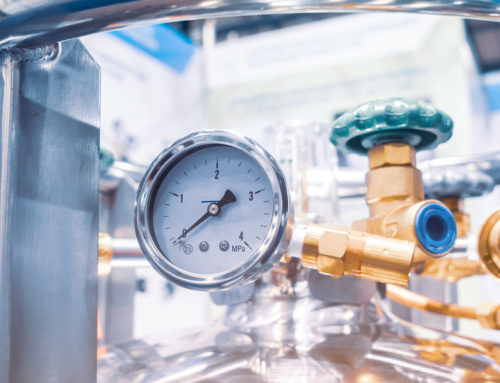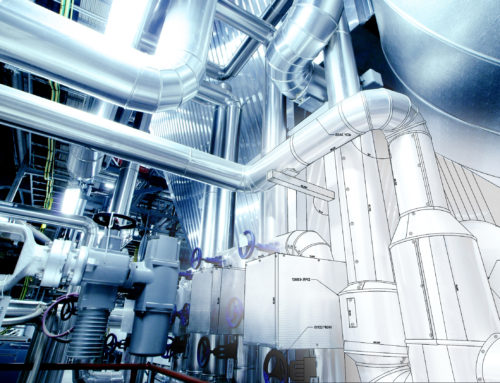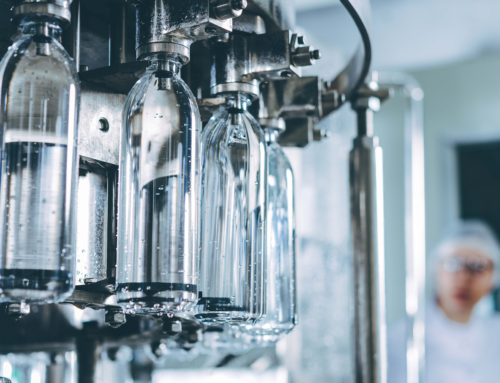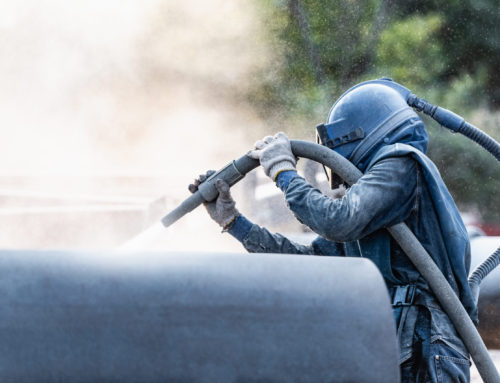This Trace Analytics webinar covers common breathing air contaminants, outlines compressed breathing air standards and specifications, and describes the ways that Trace can help you ensure your air is safe.
It’s important to first consider the act of compressing air and what that means for the introduction of contaminants into your system. When you compress air, you’re taking large volumes of air and compressing not only that air, but also whatever is in the ambient air. For example, ambient air is full of moisture, and compressing it can result in hundreds of gallons of water. Because of this, contaminants that don’t necessarily make a difference in regular ambient air can have devastating effects when compressed.
Gaseous contaminants:
Carbon Monoxide – CO has an affinity to attach to blood vessels. Excess CO can cause a user to pass out and at certain levels can be fatal. CO enters the compressed air system from exhaust fumes, industrial facilities, aging compressor systems that burn oil, and furnaces. Scuba divers have recorded fatalities throughout history from breathing CO in compressed breathing air.
Carbon Dioxide – CO2 slows respiration and can also cause the user to pass out. Particularly when underwater or in a confined space, or in an emergency situation, this can be fatal. Drawn in often from ambient air, particularly in the wintertime CO2 levels tend to increase because trucks are running inside closed bays. Compression causes those levels of ambient CO2 to become dangerous to the breather. Some filters produce CO2. Regular maintenance and changing of these filters is essential. If CO2 levels increase, often it’s coming from ambient air.
Oxygen content – In 2002, 2 men were working in a confined space using a bank of stored breathing air. That air had sat in the container for so long, that the cylinders oxidized. The oxygen content was so low, they became hypoxic and succumbed. It’s not that we’re worried about the existence of oxygen but looking for the lack thereof.
Moisture – Moisture is everywhere. In the ambient air, in your body etc. Excess moisture in a compressed air system can lead to corrosion and other types of failures. It is also a breeding ground for microorganisms. Most breathing air regulations have strict moisture requirements to prevent this. No one wants to be breathing in mold and bacteria. Additionally, every user wants to get the most life out of their system and prevent saturated filters and rust. Another concern in certain climates is the fear of freezing water. No components should freeze up during a job as this can put users at extreme risk.
Total volatile hydrocarbons – You may see an elevated level of TVHC if you’re working around industrial facilities. Aging or failing compressor systems produce these hydrocarbons. As compressors age, they run hotter, and we start to see failures for this contaminant. High temps can cause off of these vapors into the system.
Particulates and oil mist – These contaminants often come from routine maintenance or additions and changes to the system. Aging systems can result in rust and dust in systems which can be dangerous to end users.
Breathing Air Standards
Fire – NFPA 1989: This standard provides limits for analytes and outlines appropriate analysis methods. This standard also addresses purging times and sampling methods. NFPA 1989 requires quarterly testing paired with before and after maintenance testing.
Industrial – The OSHA standard says that users “shall” test their compressed air for quality to CGA Grade D. This standard is very similar to NFPA 1989. In industrial fields some users will test “before use”. These standards and requirements may be stricter than quarterly. Unlike firefighters, industrial users can plan jobs and test before the work is completed. On site compressor may be sampled quarterly as well
Dive – CGA Grade D or CSA Z180 are the most used specifications in the sport dive industry. PADI and ANDI both require their shops to test their compressed air for contaminants. PADI requires quarterly testing. Depending on the air mixtures and uses, there are a few other specifications for dive shops here.
MedGas – NFPA 99 is the most commonly used standard in medical gas. It has many different options depending on the use and composition of the air or gas. Trace Analytics can help you meet your medical gas testing whether you need piping purity, particulate, or purity.
Military – There are great many different types of standards that our military clients test to. From MIL, US Navy, Air Force and beyond, Trace can help you meet your requirements for government and military testing.
Who, What, When, and Where of Compressed Air Testing
WHO – Always test with a 3rd party accredited laboratory. That is a requirement in most of these standards and specifications. Trace Analytics is ISO 17025 accredited by A2LA. See the certification here.
WHAT – AirCheck kits are designed for maximum accuracy.
The filter membrane tests for oil mist and particulates.
Moisture is detected by a colorimetric tube. These tubes or dewpoint hygrometers are the only ways to accurately get a moisture content reading. If air is being put into another container, moisture will cling to the role. You should expect to see a fluctuation in your readings throughout the year.
Gaseous contaminants are collected via a glass source bottle. This is important because this method of gas capture is validated to hold the sample for up to 30 days. There are other options on the market for collecting samples that cannot hold the gases for this long. Gas sampling bags for example are prone to leaking, off-gassing, and permeation after only 24-48 hours. This means that results are not accurate if the analysis is not performed within 24-48 hours. This is not feasible for many clients.
WHEN – Trace Analytics and many other regulating bodies recommend quarterly testing. It is important to account for seasonal changes in your compressed air quality. It is also helpful to test before and after any maintenance. If you have a service provider who comes in to do periodic maintenance, it’s important to get an air sample before and after to ensure that the air is at the appropriate quality level. If you receive failing tests before your maintenance, you may need to consider increasing the frequency of your maintenance and filter changes.
WHERE – Auxiliary or sampling ports, fill stations, end of the hose, or point of use are all great places to test. Look for the furthest point – this will ensure your purity level is where it should be throughout the entire system. From stored air, you can sample from the point of use. When it comes to stored air, you should sample just as frequently as your compressor is. If not, you should drain them and refill them with a compressor that has recently passed a compressed air quality test.
HOW – If you aren’t sure what specification to meet, or how frequently to test, or how to take a sample, contact us at Trace Analytics. We can help get you started! We provide training videos, step by step instructions, and troubleshooting help.

